New Aerospace R&D Advancements: Pushing Boundaries
The aerospace industry is a captivating and innovative field, with remarkable projects that have left a lasting impact on the world. Valued at $261.12 billion in 2022, the global aerospace market is expected to reach $358.44 billion by 2027 with a CAGR of 6.5%.
This article explores groundbreaking R&D projects, focusing on technologies that are transforming the industry. From hypersonic flight and electric aircraft to space tourism and reusable rockets, these projects have the potential to revolutionize the aerospace industry.
Aerospace R&D Advancement #1: Hypersonic Flight
Numerous companies and research institutions are actively investing in hypersonic flight R&D projects as it promises to revolutionize air travel with speeds exceeding Mach 5.
This breakthrough technology has the potential to significantly reduce travel time between cities and continents, making it one of the most innovative aerospace R&D projects underway. Each organization is exploring different approaches to overcome the associated challenges, with the top technical advancements focused on improving the lift-to-drag ratio, broadening the working Mach number range, and expanding the scope of work.
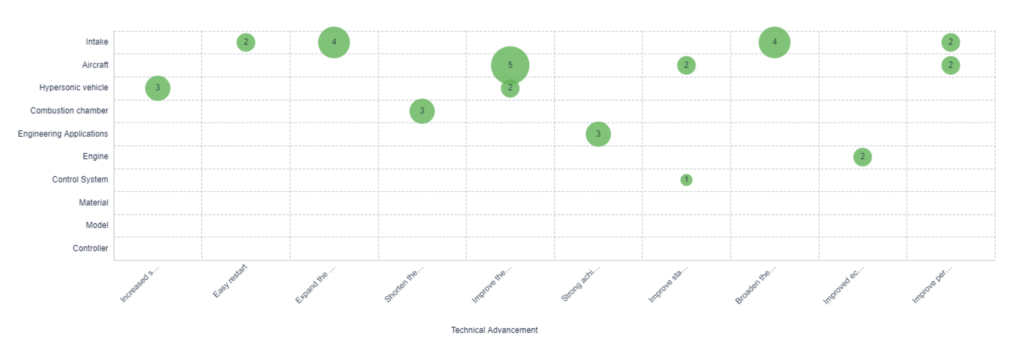
NASA’s X-59 QueSST, along with Boeing’s Transonic Truss-Braced Wing and Lockheed Martin’s Skunk Works X-59 Quiet Supersonic Technology, are hypersonic aircraft prototypes that are at the forefront of innovation in aerospace. These aircraft aim to reduce the environmental impact of air travel while also enhancing fuel efficiency. Although there are concerns with supersonic flight such as high temperatures, high G-forces, noise, cost, and safety, researchers are working tirelessly to overcome these challenges. With continued advancements, hypersonic flight has the potential to revolutionize air travel, providing faster and more sustainable options for the future.
Aerospace R&D Advancement #2: Electric Aircraft Technology
Within the aerospace industry, researchers and developers are exploring electric aircraft technology as a promising and innovative area of development. The progress of electric aircraft technology can be traced back over the past decade, with significant advancements in aircraft components and actuators being made in 2022.
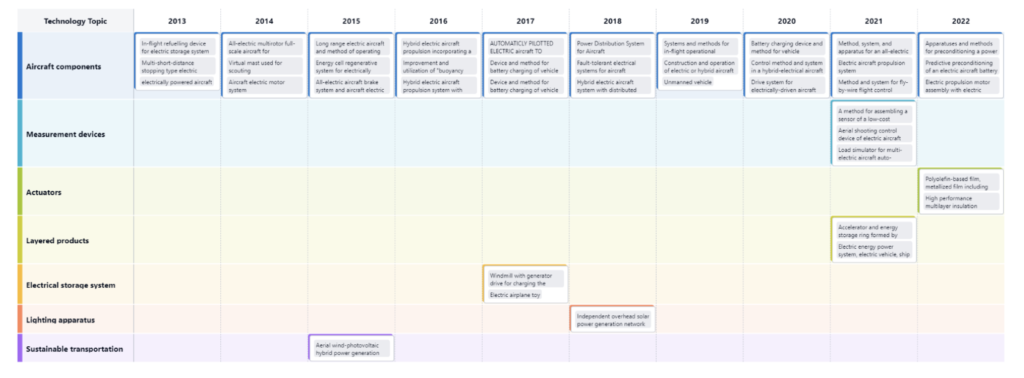
As environmental concerns grow about the impact of air travel, more companies are turning to electric aircraft as a sustainable and eco-friendly alternative to traditional fuel-powered aircraft. With the potential to reduce carbon emissions, noise pollution, and operating costs, electric aircraft promise to make air travel more accessible and environmentally responsible.
Airbus’ E-Fan X hybrid electric aircraft and Boeing’s ecoDemonstrator program are two of the most promising and innovative R&D projects in the field of electric aircraft.
The E-Fan X is being tested to determine the feasibility of electric propulsion in commercial aircraft, while Boeing’s ecoDemonstrator program is developing and testing new electric propulsion technologies to improve the safety, efficiency, and sustainability of air travel. Both projects have the potential to significantly reduce carbon emissions and operating costs while making air travel more accessible and environmentally responsible.
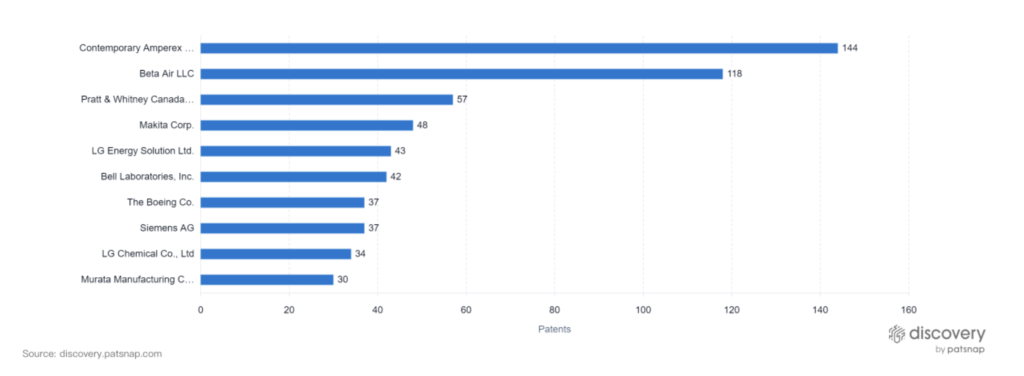
As the graph above illustrates, the electric aircraft sector is experiencing a spike in patenting activity from top organizations. The world’s largest maker of electric-vehicle batteries, Contemporary Amperex Technology, has emerged as the top filer.
This trend could indicate that the company is gearing up for the potential disruption of electric aircraft technology in the aerospace industry. With such exciting innovations, electric aircraft technology offers a promising future for air travel that is more sustainable, efficient, and accessible.
Aerospace R&D Advancement #3: Autonomous Aircraft Technology
Autonomous aircraft technology is a rapidly developing and exciting field within the aerospace industry that holds enormous potential for transforming air travel in numerous ways. With advanced algorithms, artificial intelligence, and sensors eliminating the need for a human pilot onboard, autonomous aircraft offer a future of air travel that is more efficient, safer, and more accessible.
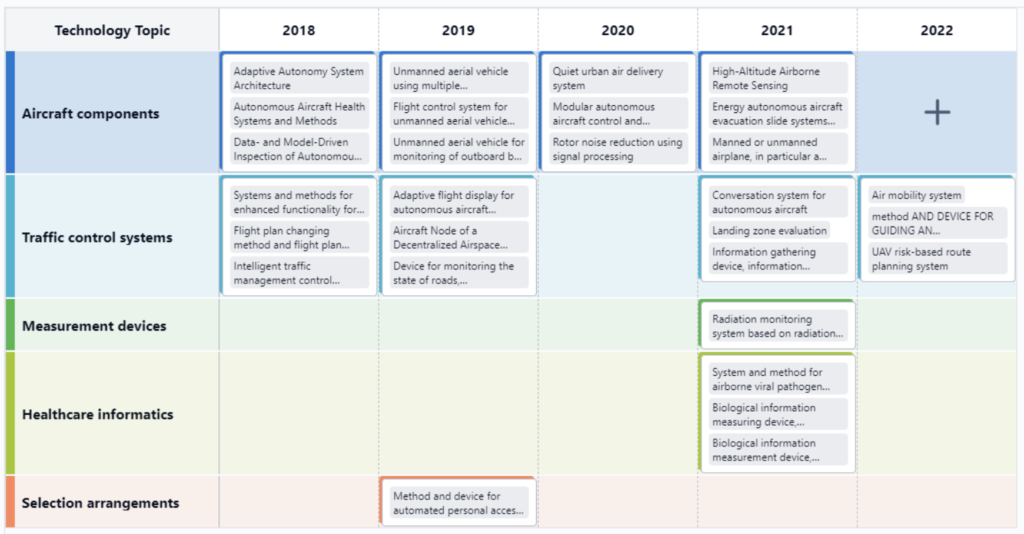
In the past five years, the focus of technology has been on aircraft components, traffic control, measurement devices, healthcare informatics, and selection arrangements.

Investments in autonomous aircraft have been on the rise, with over $1.27 billion raised in 2022 alone. Numerous companies are investing in autonomous aircraft R&D projects, with notable examples being Boeing’s Airpower Teaming System and Airbus’ Project Vahana.
These prototypes showcase the potential of autonomous aircraft technology, with advanced features such as vertical take-off and landing capabilities and autonomous operation in urban environments. It’s no surprise that both Boeing and Airbus are among the most frequently mentioned companies in market reports focusing on autonomous aircraft.

As these trends indicate, the industry is heading toward a more advanced, sophisticated, and sustainable future of air travel with remarkable innovations in autonomous aircraft technology.
Aerospace R&D Advancement #4: Space Tourism
The aerospace industry’s growing interest in space tourism has led to significant research and development efforts aimed at making it possible for private citizens to travel to space. The burgeoning market of space tourism has led to a remarkable surge in investment, surpassing the previous records with over $725 million in 2022.
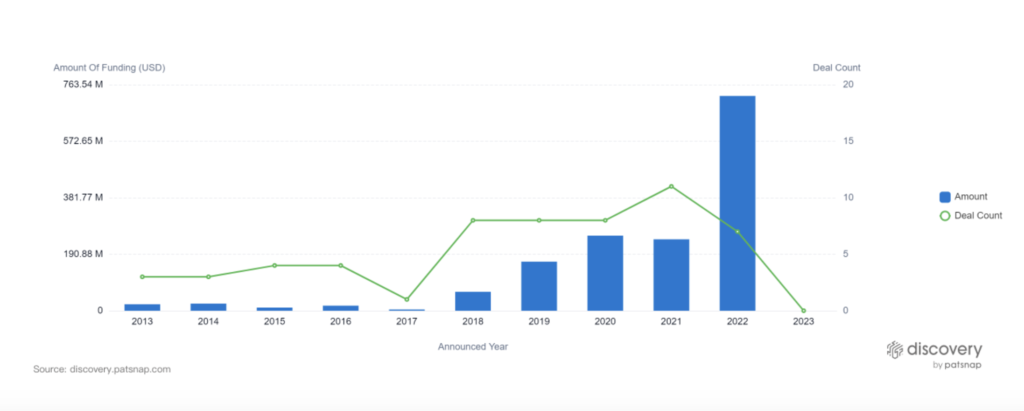
Companies like Blue Origin and Virgin Galactic are leading the way in developing reusable rocket systems and suborbital vehicles that can take passengers on brief but thrilling trips to space. NASA’s Artemis program is also underway with the goal of landing the first woman and next man on the Moon by 2024 and establishing a sustainable presence on the lunar surface.
These developments could pave the way for more extensive space tourism ventures in the future, bringing space travel closer to reality for ordinary people. The future of space tourism looks bright with remarkable innovations that offer individuals the chance to explore the final frontier and experience space firsthand.
Aerospace R&D Advancement #5: Reusable Rockets
Reusable rockets are revolutionizing the aerospace industry, making space travel more sustainable and cost-effective.
Leading companies like SpaceX, Blue Origin, and Virgin Galactic are investing heavily in reusable rocket research and development, with successful launches and landings already achieved. Ongoing research is focused on improving reliability, lowering costs, and reducing requirements, as seen in the trends of technical effects and efficacy phrases.

Reusable rockets are transforming the future of space travel, making it more affordable and sustainable, and opening up new opportunities for commercial and scientific ventures. With limitless possibilities for continued innovation, reusable rockets are bringing space travel closer to commercial viability and even space colonization.
Closing Thoughts: Accessible Space Travel is Closer Than Ever
The aerospace industry is experiencing a time of unprecedented innovation and growth with exciting R&D projects underway. These projects, such as electric and autonomous aircraft, hypersonic flight, reusable rockets, and space tourism, are poised to revolutionize the industry and change the way we travel and explore space.
With cutting-edge technology and visionary leaders, the future of aerospace R&D looks bright. The key takeaway is that the industry is evolving, and with these projects continuing to mature, we can expect a world where space travel is more accessible, sustainable, and transformative than ever before.
